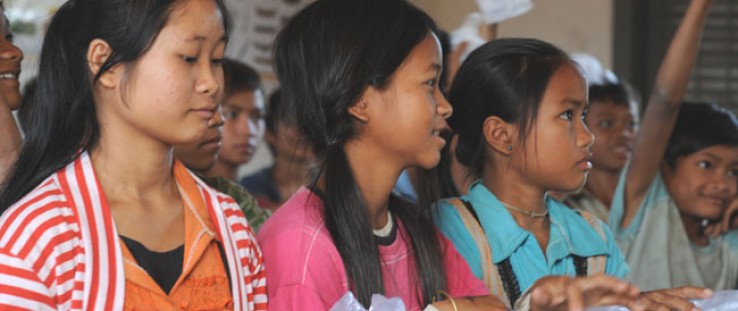 Students prepare to take part in a mapping survey at Pav Primary School in Rattanakiri.
Credit: Chan Vitharin
Students prepare to take part in a mapping survey at Pav Primary School in Rattanakiri.
Credit: Chan Vitharin
 Students prepare to take part in a mapping survey at Pav Primary School in Rattanakiri.
Credit: Chan Vitharin
Students prepare to take part in a mapping survey at Pav Primary School in Rattanakiri.
Credit: Chan Vitharin
Speeches Shim
Schistosomiasis ranks as the second most devastating parasitic disease in the world, behind malaria. Also known as “snail fever,” it currently affects nearly 200 million people across Asia and Africa. Although rarely fatal, if left untreated, snail fever infection leads to chronic, debilitating illness, harm to internal organs, and, in children, it can lead to malnutrition and cognitive difficulties.
Found most commonly in places with poor sanitation, snail fever is caused by parasitic worms that live in freshwater snails. Swimming, bathing or washing in water containing these snails is enough for a person to contract the parasite. The worm burrows into the skin and develops in the body, releasing eggs that pass back into freshwater when the person urinates or defecates. The worm finds its way back to another freshwater snail, and the cycle of contamination continues.
“Human behavior and unsanitary conditions are part of the transmission cycle of schistosomiasis. We have found that changing these proves extremely challenging in rural communities, making schistosomiasis a difficult disease to control,” said Marci Van Dyke, technical adviser for USAID’s Neglected Tropical Disease program.
Just how difficult is precisely the question that USAID is helping to answer in Cambodia, which has been uniquely affected by snail fever among communities dependent on fresh water from the Mekong River. Through its work to understand the extent of snail fever in Cambodia, USAID is also engaging local residents and health officials, and providing training so they can maintain the development gains that have been achieved over the years.
Success … and a Setback
Twenty years ago, around 82,000 people along the Mekong River in Cambodia were infected with snail fever, prompting the Government of Cambodia and international partners to mount an aggressive campaign in 1995.
By 2006, prevalence rates had plunged from 70 percent to less than 1 percent, thanks to control measures, particularly the annual delivery of praziquantel, the drug that effectively rids the body of the worm. Even more effective was the approach: The pill was provided to entire communities at once, annually, rather than diagnosing and treating individual cases.
“Covering the entire affected population in the two targeted areas was an extremely economical and efficient approach and, as a result, Cambodia was considered a success story in the world of neglected tropical diseases,” said Van Dyke.
Despite this remarkable accomplishment, however, data in 2008 showed a possible re-infection rate of 30 percent in two endemic areas. Reinfection is a common challenge with this disease as communities continue to use the rivers which still harbor the infected snails.
To Fight Disease, First Understand the Data
In 2011, USAID joined the Cambodian Government’s battle to control the disease. However, there was an early recognition that before additional control measures could be implemented, it was necessary to investigate the extent of infection.
“First, we needed the evidence to help us understand the extent of the problem,” said Dr. Muth Sinuon, neglected tropical disease program manager at the Cambodian Ministry of Health’s National Center for Malaria Control, Parasitology and Entomology (CNM). “If there is a clear increase in prevalence, we will pull together our resources. We’ll want to track the levels of infection over time to ensure that treatment remains effective and reaches everyone at risk. We need to protect the Cambodian people.”
Partnering with CNM, USAID decided to support a mapping exercise, implemented by FHI 360, to gauge infection in two additional provinces along the Mekong River Basin adjacent to the previously targeted areas.
“Understanding the location of disease is the first step to control. By carefully targeting these locations, we can have the biggest impact in the most cost-effective way possible,” said Van Dyke.
As recommended by World Health Organization guidelines, researchers enrolled more than 3,600 primary school students to provide stool samples for examination for snail fever infection. Researchers then could determine the levels of transmission and intensity of infection in these communities, using the children as an indicator. The results, expected to be released this spring, will provide clear evidence to adjust national control efforts.
The two provinces chosen for the study—Kampong Cham and Rattanakiri—contain areas along the Mekong River that are prone to high transmission rates. Many children and families are likely to bathe, wash and swim in the water, and eat raw fish from the river. Residents in these two provinces are especially vulnerable, but poor sanitation, low levels of education and dire poverty leave them little insulation from the risk of snail fever.
“We are deeply concerned that these provinces may have experienced snail fever infection,” said Dr. Char Meng Chuor, director of CNM. “If so, we need to know the prevalence and levels of infection to design a quick response and treat the population as soon as possible. This makes the mapping study critical for the future well-being of these communities, especially the children.”
Building Partnerships
It may seem like a daunting logistical challenge to obtain stool samples from thousands of 7- to 11-year-old children from more than 60 primary schools. However, the process has been exceptionally efficient, according to Touch Sokhom, deputy director of the Kampong Cham Provincial Education Youth and Sport Department.
“The children, and especially the parents, understand the importance of cooperating for this research. They are familiar with the painful effects of snail fever and are grateful that our government is helping,” said Sokhom.
The mapping survey is a crucial component of efforts to tackle and, perhaps, one day eliminate snail fever from Cambodia. This partnership involves health officials, public school teachers and leaders at all levels of government; technical guidance from the World Health Organization; and funding and coordination from USAID and FHI 360.
“Today, this type of partnership is the cornerstone of the neglected tropical disease program in Cambodia, just one of 24 countries where USAID is currently helping governments try to root out so-called neglected tropical diseases—those that rarely make headlines but have devastating tolls on the poorest populations,” said Van Dyke. “If the study shows that snail fever infections are increasing along the Mekong River Basin, the Government of Cambodia, USAID and partners stand ready to do what it takes to again reduce the rate of infection.”
Sokhon Sea is with FHI 360 Cambodia.

Cameroon Completes Its NTD Map
By Claire Coveney and Emily Toubali
After flipping tens of thousands of eyelids and spending countless hours peering into a microscope, a critical step toward the control and elimination of five neglected tropical diseases (NTDs) in Cameroon has been reached.
Thanks to funding from USAID, the African Program for Onchocerciasis Control, and the World Health Organization, baseline mapping of these diseases in Cameroon was completed in September 2012.
This means that public health workers now have a clear understanding of disease distribution throughout the country, equipping them to make progress in eliminating three NTDs and controlling two others by 2020—goals of the NTD program in Cameroon, says Julie Akame, NTD coordinator at Helen Keller International’s Cameroon office.
Situated on the western coast of central Africa, Cameroon has a population of over 21 million people living in 181 health districts. The country is endemic for five of these little-known but often devastating diseases, including lymphatic filariasis (LF, the mosquito-borne disease that can lead to elephantiasis), onchocerciasis (river blindness), schistosomiasis (snail fever), soil transmitted helminthes (intestinal worms) and trachoma (a type of eye infection). Mapping out the reach of the five diseases—an exercise that took three years and included over 100 public health staff at all levels—was seen as the crucial first step to combatting them.
“Mapping a disease allows decision makers at the Ministry of Public Health to understand the prevalence of a particular disease in health districts, and to develop a strategy to drive down the disease burden. Without mapping, there can be no treatment and millions of people suffer from diseases that are actually treatable and preventable,” said Dr. Achille Kabore, senior NTD adviser for USAID partner RTI International.
The mapping process is different for each disease. For example, a trachoma infection will show on the inside of a person’s upper eyelid. As the disease progresses, so does the person’s chance for blindness. Blood samples are screened for LF to search for an antigen that indicates exposure to the parasite. If left untreated, LF can cause abnormal swelling of the limbs, breast and scrotum that can lead to severe disability, with frequent episodes of painful inflammation of the affected limbs.
When mapping for river blindness, people living in areas with a high possibility of infection, such as those living along river basins where the fly vector breeds, are examined for nodules on the surface of their skin that contain the parasite. Urine and stool samples are screened to look for the tiny worms that cause snail fever, a disease that stunts the growth of children and can damage vital organs. At the same time, the stool samples are also examined for the presence of the three soil-transmitted helminthes: hookworm, whipworm and roundworm.
“If these studies sound complicated and time-consuming, that’s because they are,” says Ann Tarini, country director of Helen Keller International’s Cameroon office.
Sometimes up to two weeks are needed to map the needs of a given district for just one disease, not to mention data entry and analysis. The vital exercise can quickly become an overwhelming endeavor.
USAID, through RTI International, has supported Helen Keller International’s work with the National NTD Control Program of Cameroon since 2009. The initial mapping effort was coupled with scaled-up treatments for the five target diseases. Now that the mapping is complete, the program will focus on distributing medicines to combat and control the diseases and measuring their effectiveness. Some of that monitoring is already underway.
The results from these studies have given the National NTD Control Program the evidence needed to triple its treatments from 11 million in 2010 to just under 30 million in 2012. It is estimated that the country will be free of LF, river blindness and trachoma by 2020, while control efforts will remain for snail fever and intestinal worms—an ambitious but achievable benchmark.
“There have been efforts in Cameroon to tackle NTDs for over 15 years,” said Angela Weaver, USAID’s senior technical adviser for NTDs. “This milestone represents a major accomplishment for a country as large as Cameroon. With new and invigorated support for NTDs in the African region, more and more countries will be reaching this milestone.”
She also admitted that there is still much work to be done before 2020, and now focus must be shifted to scaling up NTD treatments to all at-risk communities. For example, midnight blood samples to determine the parasite load for LF and other assessments must continue, even as the treatments start to work.
Says Emily Wainwright, USAID senior operations adviser for NTDs, “Now that the complex mapping process is complete in Cameroon, the real work, providing treatment to millions of people in the country and keeping Cameroon free of disease, can continue full-force.”
Claire Coveney and Emily Toubali are with Helen Keller International.

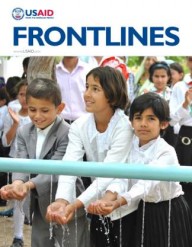

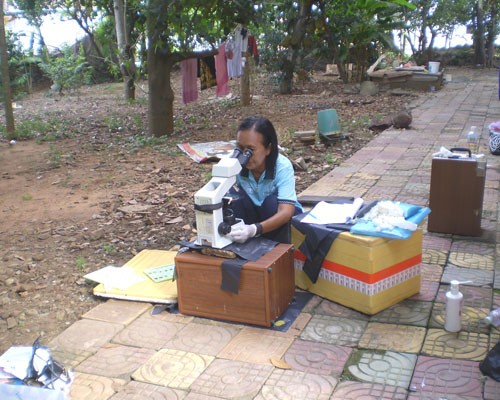
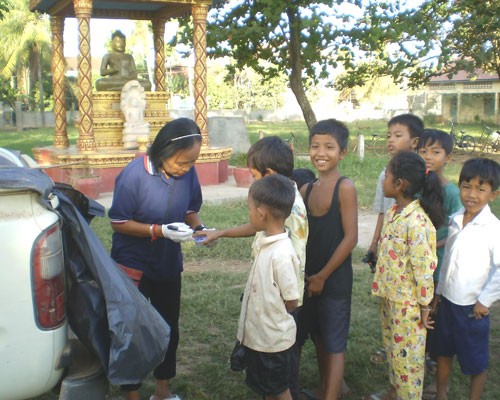
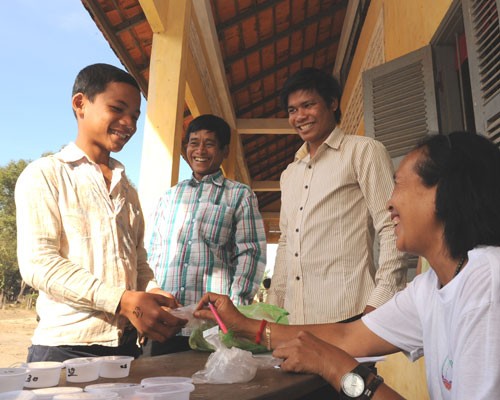
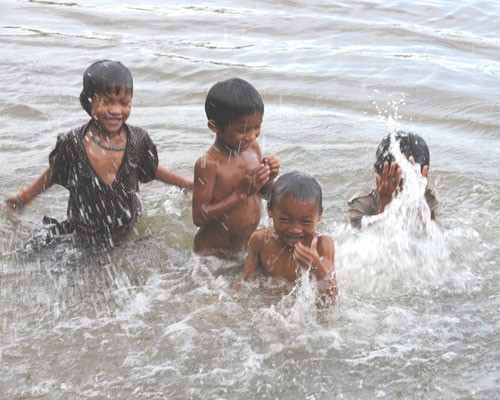
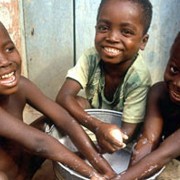
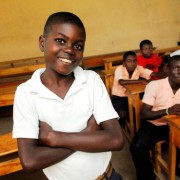
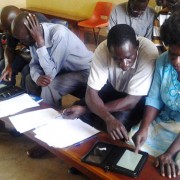
Comment
Make a general inquiry or suggest an improvement.